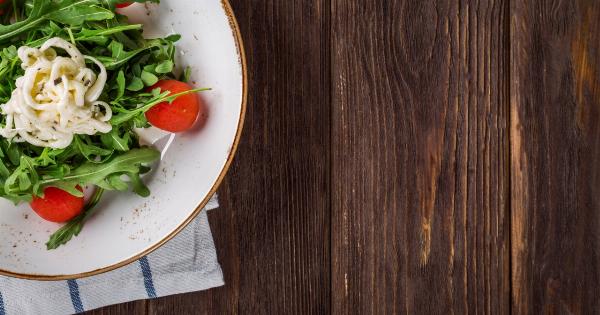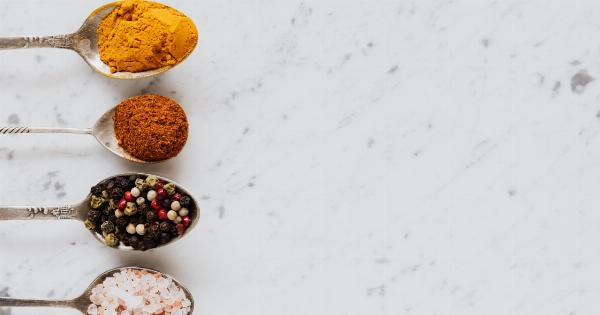Cheese is a popular food item consumed worldwide. It is used in various dishes and can be enjoyed in a range of ways.
However, not all cheeses are created equal, and some of them contain high amounts of salt, which can be detrimental to one’s health.
It is important to note that salt is an essential nutrient that the body needs. However, excessive salt intake can lead to high blood pressure, heart diseases, and other health problems.
What is salt in cheese?
Salt is added to cheese for various reasons. It enhances the flavor of cheese, acts as a preservative, and prevents spoilage. Salt also helps to control the water content and texture of the cheese.
When cheese is made, salt is added at different stages of the cheese-making process. It can be added to the milk, curds, or brine depending on the type of cheese.
The amount of salt added to cheese depends on the type of cheese. Soft cheeses such as feta and ricotta have lower salt content than hard cheeses like cheddar and parmesan.
Cheeses with High Salt Content
Some of the cheeses with high salt content include:.
1. Blue Cheeses
Blue cheeses such as Roquefort, Gorgonzola, and Stilton contain high levels of salt. These cheeses are aged for months and have a characteristic blue mold that gives them a unique flavor.
However, blue cheeses should be consumed in moderation as they have about 400-500mg of sodium per ounce.
2. Processed Cheeses
Processed cheeses such as American cheese, Cheez Whiz, and Velveeta, have high levels of salt. These cheeses are made by blending natural cheeses with other ingredients such as emulsifiers and preservatives.
Processed cheeses have a high sodium content of about 300-400mg per slice, making them a less healthy option.
3. Hard Cheeses
Hard cheeses such as parmesan, cheddar, and Swiss cheese, are delicious but high in salt. These cheeses are aged for months to years, which results in a stronger and saltier flavor.
Hard cheeses have about 200-500mg of sodium per ounce, depending on the type of cheese.
Why is High Salt Content a Concern?
Excessive salt intake can lead to high blood pressure, heart diseases, stroke, and other health problems. The recommended daily salt intake for an adult is about 1,500-2,300mg, depending on age and health conditions.
Cheese is a significant contributor to sodium intake, and consuming high salt cheese regularly can increase the risk of these health problems.
Lower-Salt Cheese Alternatives
If you are a cheese lover but concerned about salt content, there are lower-salt cheese alternatives available.
1. Reduced-fat Cheese
Reduced-fat cheeses such as low-fat cheddar, part-skim mozzarella, and reduced-fat Swiss cheese, are lower in salt than their regular counterparts. These cheeses are also lower in calories and fat, making them a healthier option.
2. Soft Cheese
Soft cheeses such as ricotta, cottage cheese, and feta have less salt content than hard cheeses. These cheeses are a good source of protein and calcium and can be used in various dishes such as salads, pasta, and sandwiches.
3. Goat Cheese
Goat cheese is lower in salt than cow’s milk cheese. It has a tangy flavor and can be used in salads, pizzas, and spreads.
When selecting cheese, it is essential to read the label and check the salt content. Cheeses with lower salt content are a healthier option, and consuming them in moderation can provide a tasty and healthy diet.
Conclusion
Cheese is a delicious food item consumed worldwide. However, some of them contain high amounts of salt, which can be detrimental to one’s health.
High salt intake can lead to various health problems, and it is essential to consume cheese in moderation. Low-salt cheese alternatives are available, and they provide a healthier option for cheese lovers.































